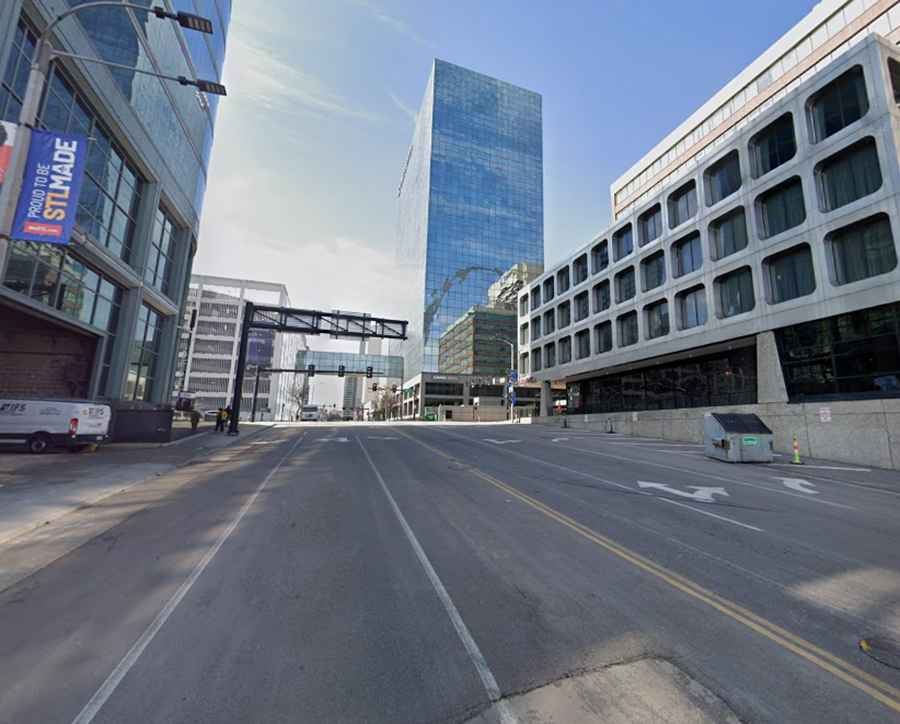Driving in St. Louis, MO - What You Need to Know
St. Louis is known as the Gateway to the West and is a wonderful place to visit. Whether you plan to see the iconic arch, attend a Cardinals game, or go to the zoo, you’ll never be at a loss for things to do. But before you can dive into these amazing attractions, you have to get there.

Driving in St. Louis, Missouri can be a little tricky if you’re not familiar with the area. Read on to get our top tips for safely navigating The Gateway City.
Navigate the Interstates
St. Louis has more interstates than almost any other American city. It’s home to I-44, I-55, I-64, I-70, I-170, I-270, and I-255. This means that when you’re driving around The Gateway City, you’ll need to plan on navigating the interstate system.
I-270 is one of the main thoroughfares in St. Louis, and so it’s also one of the biggest and busiest highways in the city. It has eight lanes of traffic and is a frequent site of wrecks. Always use care when driving on any of the interstates, especially I-270.
How to Avoid Rush-Hour Traffic
If possible, it’s a good idea to avoid driving during rush hours in St. Louis. These periods tend to see more reckless driving, more crowded roads, and more traffic accidents. It’s dangerous even if you’re not trying to navigate unfamiliar routes and traffic laws.
In St. Louis, Missouri as in most other cities, rush hours tend to run between 7 and 9 a.m. and 4 and 6 p.m. If possible, try to stick to driving outside of these hours. If you have to go somewhere during rush hour, pay extra-careful attention and avoid distractions while driving.
According to Bradley Law Personal Injury Lawyers, a skilled personal injury lawyer can help you get any compensation you're entitled to after getting hurt in a car accident during rush hour.
Don’t Worry About Parking in St. Louis
One of the biggest headaches of driving in a big city is dealing with parking. Trying to find downtown parking can be a nightmare, and paying for it may cost an arm and a leg. Luckily, St. Louis makes this easier than most cities.
There’s plenty of downtown parking, including metered street parking, public lots, and parking garages. If you’re exploring downtown St. Louis on a Sunday or a national holiday, metered spots are free. And many of the public lots are relatively affordable if you want to avoid the expense of the garages.
Plan for Cold Weather
If you’re visiting St. Louis in the colder months, it’s a good idea to be prepared for winter weather on the roads. Every year, St. Louis gets about 18 inches of snow, and highs tend to stay in the 40s throughout the winter. If you’re not used to driving on snow and ice, you may want to avoid driving in St. Louis during the winter.
If you plan to be in St. Louis during the winter, it may be a good idea to have a cold weather kit in your car. This should include:
- Blankets
- Mittens
- Socks
- Hats
- An ice scraper
- A flashlight with extra batteries
- Jumper cables
- A first aid kit
- Bottled water
- A multi-tool
- Road flares
- Windshield cleaner
- Sand or kitty litter
- A collapsible snow shovel
- Tire chains
Make sure you always slow down on icy roads, and be sure to practice defensive driving.
Watch for Bumps
While St. Louis has downtown parking and highways down pat, it doesn’t do quite so well with road maintenance. An estimated 22 percent of the city’s roads are in poor condition, and another 28 percent are in mediocre condition.
Before you go to St. Louis, it’s a good idea to air up your tires and make sure your shocks are in good shape. Keep an eye out for potholes, and always follow the speed limits. And if you do plan to swerve to avoid a pothole, always make sure the lane next to you is clear, and do so carefully.
Stay Safe During Your St. Louis Trip
St. Louis is a beautiful city to visit, but driving takes a little extra care. The enormous number of interstates makes it easy to get around, but you do need to practice defensive driving as you navigate them. Try to avoid rush hours, plan for cold weather, and keep an eye out for potholes and other problems with the roads.